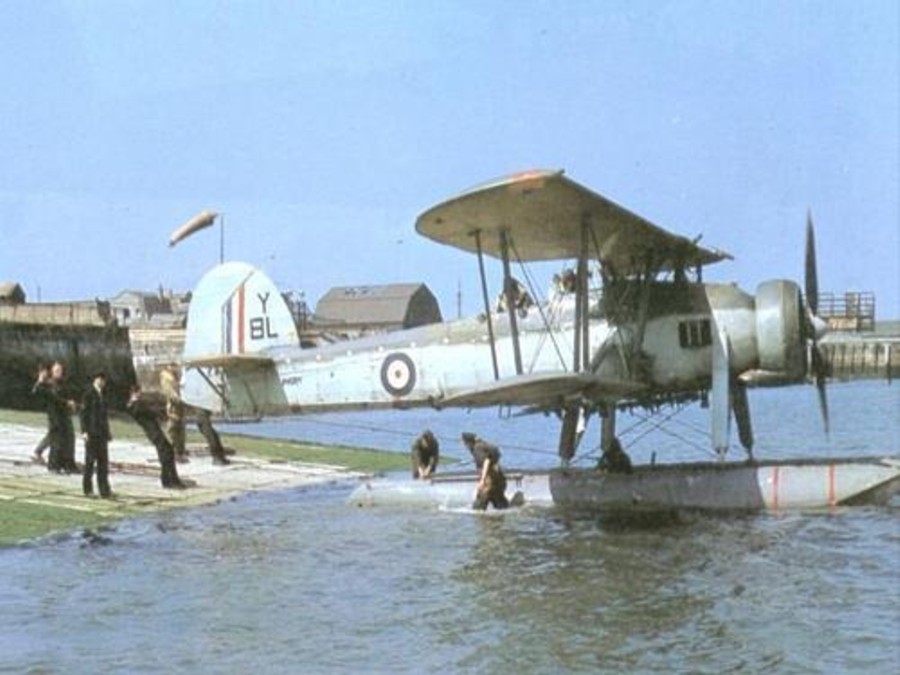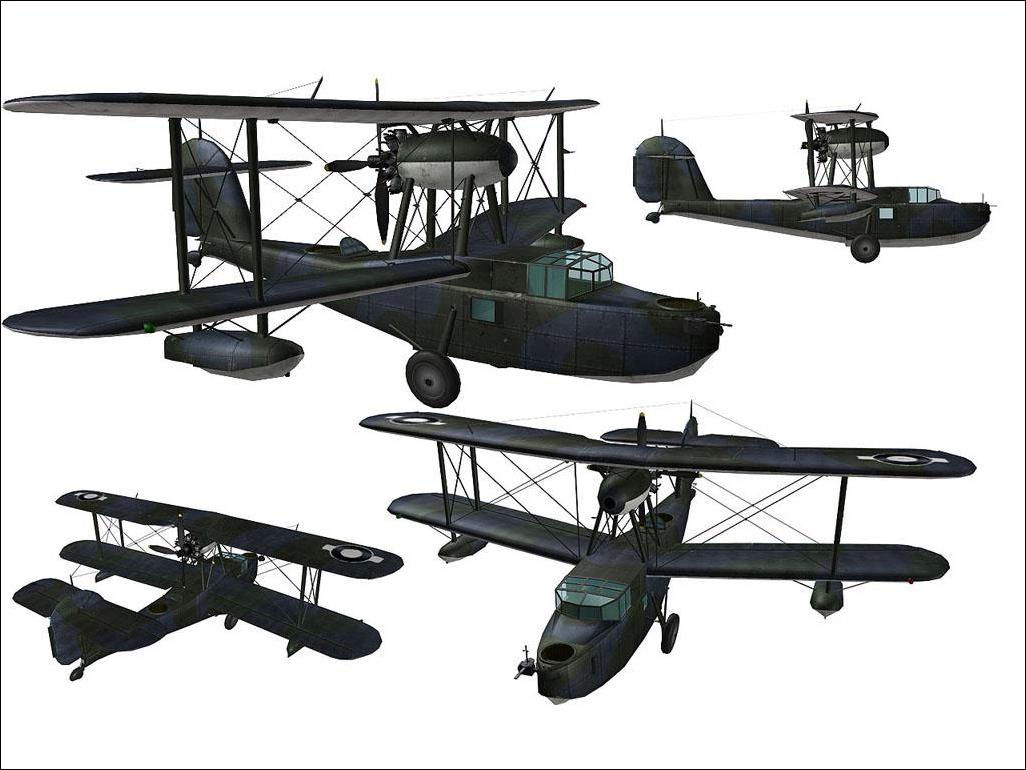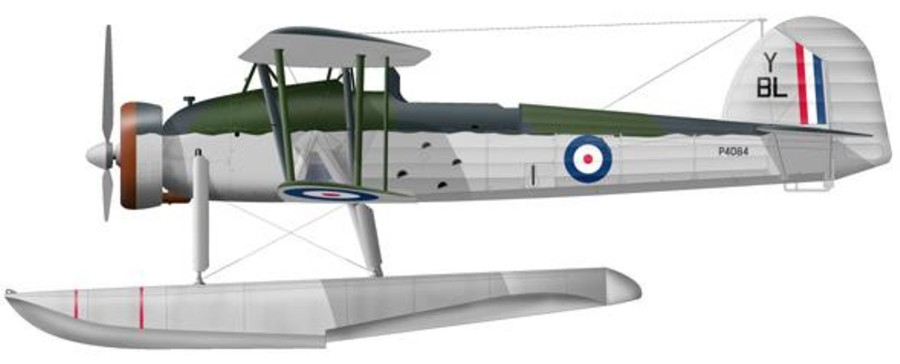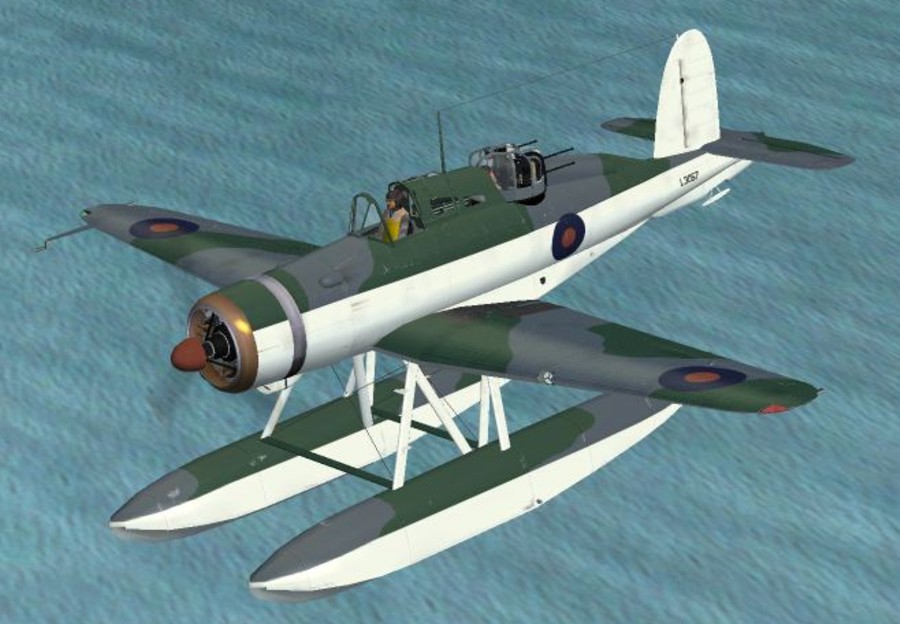HMS St Vincent (ADV-1910 (1932-mod))
Back to Commonwealth Ships List
The small cross-Channel ferries that had been converted to handle seaplanes had proved the concept of using aircraft from ships. With the Washington Treaty requiring massive reductions in the size of current fleets and limiting the size and armament of new construction the British had more than a dozen small 12" armed semi-dreadnoughts and dreadnoughts that though they were only 10-12 years old had to be scrapped. The only way to save any of these ships was to convert them to anciliary duties. Agamemnon became a target ship, Lord Nelson (renamed 1925/6) became first a training ship then an ADV. Dreadnought and the Bellerophons were sold overseas or scrapped. The St Vincents were converted to ADV's, while the larger Neptunes were reduced to training ships (and as never weres their fate is yet undecided) and maybe to ADV's at a later date. The larger 13.5" BB's of the King George V and Orion types were sold while the Iron Dukes were retained. Of the battlecruisers, the two remaining Invincibles were sold, while the New Zealand and Australia were kept by those countries. The remaining Lions, Tiger, Renown and Hood types were all kept. The earlier Lions and Tiger going to the Dominions.
I have done another drawing of this to show both the original ship and then a new version of the Area Defence Vessel concept.
Some thought had been given to the conversion of these ships as they were to be able to multi-task as training ships as well as area defence vessels. As training ships the back 2/3's of the hangar could be walled off and converted to extra accomodation for students. The same conversion could also be used for troop transport. While only retaining 1 x twin 12" turret this would certainly be enough to see off any converted merchantman raiders, while 6 single casement mounted 6" were there as a secondary armament but were mainly for training purposes as their limited elevation gave them a fairly short range. The Anti-aircraft armament increased from 2 single 4", to two twin 4" and a range of smaller 40mm 2pdr pom poms and 20mm weapons.
The ADV's found themselves in all sorts of strange places from Fiji in the middle of the Pacific to Hong Kong, the Maldives and Cocos Keelings in the Indian Ocean, and places like St Helena and the Canaries in the Atlantic. They proved extrmely versatile beyond their original specifications and even joined Malta convoys full of food and with extra AA guns fitted, and with land based Hurricanes and Spitfires that could be launched off the catapult and fly on to Malta (fitted with a detachable one off launch doodad).

| Displacement | 23,000 tons full load |
| Length | 536 ft |
| Breadth | 84 ft |
| Draught | 29 ft |
| Machinery | 4 shaft Parsons turbines, 14,500 shp |
| Speed | 16 knots |
| Armour | 10-7in belt, 9-5in barbettes, 11in turret faces, 3in decks |
| Armament | 2 x 12" (1x2) 2 x 6" (2x1) 4 x 4" (4x1) 8 x 2pd (2x4) 6 x 20mm (6x1) |
| Aircraft | 8-12 depending on type |
| Torpedoes | nil |

Launching a Fairey Sworfish floatplane.

The Supermarine Walrus was the major search aircraft, could carry small bombs.

Fairey Swordfish Floatplane was the strike aircraft for the ADV's able to carry bombs.
Spitfire floatplanes provided fighter cover in areas the enemy least expected.

The Blackburn Roc and Skua also acted as fighter aircraft but could also carry small bombloads and later underwing rockets.